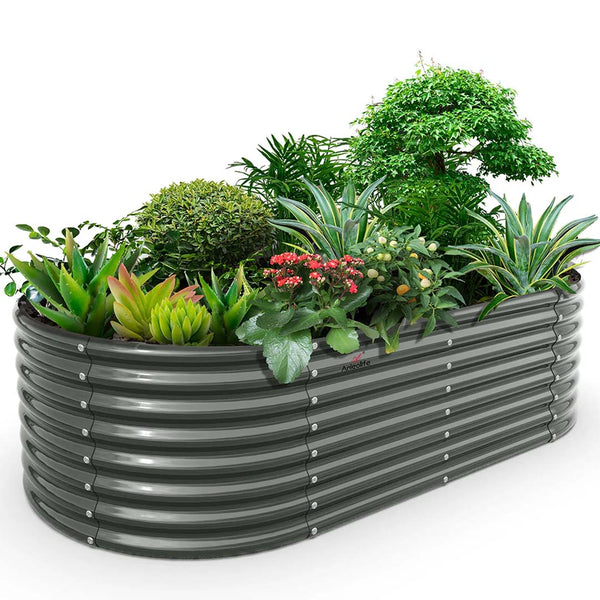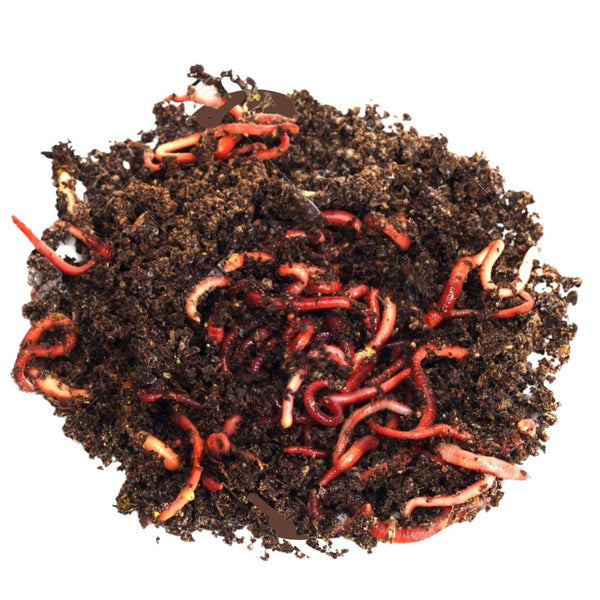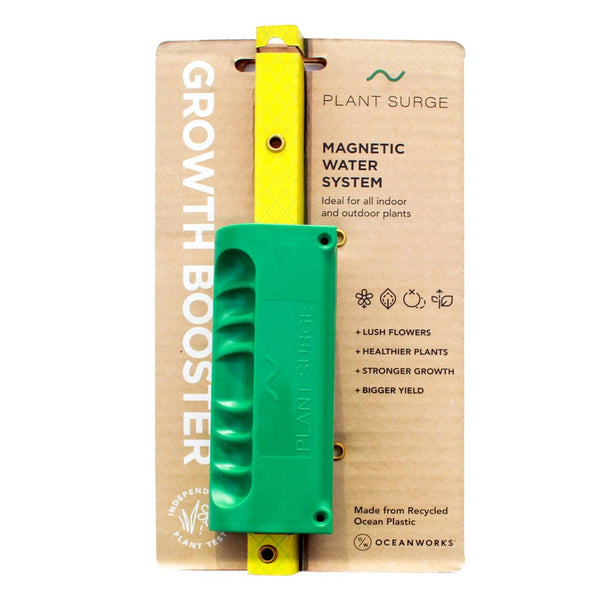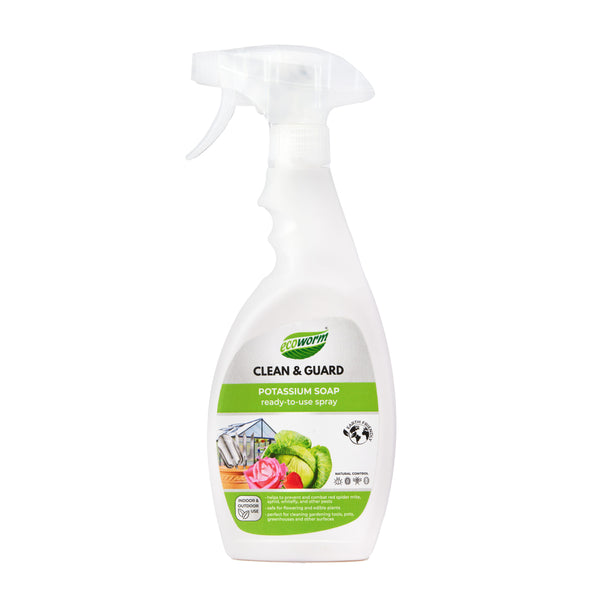The $50 Miracle: Raised Flower Beds DIY That Makes Neighbors Think You Hired A Landscaper

Understanding Your Raised Garden Bed Needs
Before you start building those raised flower beds, let's figure out what you really need. It's all about knowing what you want to grow and checking out your space and surroundings.
Identifying Your Gardening Goals
First things first, what are you hoping to grow? Fresh veggies, pretty flowers, or maybe a bit of both? Your choice will shape how you design your raised bed, from its size to the materials you use.
- The Backyard Food Grower: If you're all about that homegrown, organic goodness, you'll want a bed that keeps your plants happy and healthy. Go for sturdy stuff like cedar or steel to dodge rot and rust (Love & Renovations).
- The Urban Gardener / Renter: Got a tiny space like a patio or balcony? No worries! Look for something portable and light. Foldable fabric beds are a breeze to set up and take down.
- The No-Till Organic Gardener: Into no-till and permaculture? You'll need a bed that supports living soil and keeps those microbes thriving. Good aeration and drainage are your best friends here.
- The Cannabis Cultivator: Growing cannabis? You need a bed that gives roots plenty of air and keeps them healthy. Fabric beds with aeration strips can boost your yields.
- The Homesteader / Market Farmer: Running a small farm or homestead? You need something tough and efficient. Look for beds that are easy to set up, expand, and withstand all kinds of weather.
Assessing Your Space and Environment
Next up, let's check out where you're putting this garden bed. Think about the space, sunlight, and soil.
- Space: Measure where you want to put your bed. Make sure there's room for the bed and for you to move around it. You should be able to reach all sides, with a max width of four feet (Gardenary).
- Sunlight: Most plants need at least six hours of sun a day. Watch how the sun hits your spot to make sure your plants get enough light.
- Soil Conditions: Raised beds let you control the soil, which is great if your ground soil isn't up to snuff. Pick a top-notch soil mix that fits what you're growing.
| Consideration | Recommendation |
|---|---|
| Space | Max width of 4 feet, reachable from all sides |
| Sunlight | At least 6 hours of sun daily |
| Soil Conditions | Quality soil mix for your plants |
By figuring out your gardening goals and checking your space and environment, you can set up a raised garden bed that works for you and helps your garden thrive. For more tips on building and keeping up with raised beds, check out our articles on raised garden bed and gardening in raised beds.
Building Your Raised Garden Bed
Creating a raised garden bed is a fun project that can totally change how you garden. Let's get into the nitty-gritty of building a raised garden bed that'll have your neighbors wondering if you hired a pro.
Choosing the Right Materials
Picking the right stuff is key to making sure your garden bed lasts and works well. Here are some popular choices:
- Cedar: Cedar's a favorite because it naturally fights off rot and doesn't have any nasty chemicals. It's tough and can handle the weather.
- Pressure-Treated Lumber: This wood is tough against rot and bugs, but some folks worry about copper leaching into the soil. If you go this route, make sure it's safe for your plants (Love & Renovations).
- Recycled Materials: Using old pallets or reclaimed wood is a wallet-friendly and green option. Just make sure they're safe for your garden.
| Material | Pros | Cons |
|---|---|---|
| Cedar | Rot-resistant, chemical-free | Can be pricey |
| Pressure-Treated Lumber | Tough, bug-resistant | Possible chemical leaching |
| Recycled Materials | Cheap, eco-friendly | Quality can vary |
For more ideas on saving money, check out our section on budget-friendly raised garden bed ideas.
Selecting the Optimal Size and Height
The size and height of your garden bed depend on what you want to grow and how much space you have. Here are some tips:
- Width: A width of 3-4 feet lets you reach the middle from either side without stepping on the dirt.
- Length: Length can change based on your space, but 6-8 feet is a good size for easy management.
- Height: A height of 12-18 inches works for most veggies and flowers. Taller beds (24 inches or more) are great for deep-rooted plants and for those who want to avoid too much bending.
| Dimension | Recommendation |
|---|---|
| Width | 3-4 feet |
| Length | 6-8 feet |
| Height | 12-18 inches |
For more tips on planning your garden bed, visit our raised bed planner.
Ensuring Proper Drainage and Support
Good drainage and support are must-haves for a long-lasting and healthy garden bed. Here's how to get both:
- Drainage: Line the bottom with hardware cloth or chicken wire to keep out weeds and pests. Add landscape fabric to help with drainage and stop soil from washing away (Love & Renovations).
- Support: Strengthen the sides and bottom with support pieces to stop bowing and boost stability. Use thick boards (at least 2 inches) for the sides to make the bed more durable (Gardenary).
For more detailed instructions on building and maintaining your garden bed, check out our guide on gardening in raised beds.
By following these steps, you'll be on your way to creating a beautiful and functional raised garden bed that'll wow your neighbors and give your plants a great place to grow.
Planting and Maintaining Your Raised Garden Bed
Preparing the Soil and Planting
Alright, folks, let's get our hands dirty! Starting with top-notch soil is the secret sauce for a flourishing raised garden bed. These beds are a back-saver and a plant booster, letting you tweak the soil mix to your heart's content. Here's the lowdown on getting your soil and plants ready to rock:
- Fill the Bed: Load up your raised bed with soil that's packed with nutrients. This is super important, especially for newbies, since the soil tends to settle down over time. Toss in some compost once or twice a year to keep things fresh and lively.
- Soil Composition: Mix it up with topsoil, compost, and organic goodies. This combo is like a buffet for your plants, giving them all the nutrients and support they need to grow strong.
- Plant Selection: Pick plants that vibe with your local weather and soil. Those little plant tags are like cheat sheets, spilling the beans on how to keep your green buddies happy.
- Intensive Planting: With nutrient-rich soil, you can pack a bunch of plants into a small space. It's like a plant party in your garden, boosting productivity and keeping your plants in tip-top shape.
Implementing Maintenance Practices
Keeping your raised garden bed in prime condition means showing it some love regularly. Here's the scoop on how to keep your plants thriving:
- Watering: Keep the water flowing! Raised beds dry out quicker than regular gardens, so make sure your plants get enough to drink. But don't go overboard—nobody likes soggy roots.
- Mulching: Throw down some mulch to keep the soil cozy, fend off weeds, and keep the temperature just right. Organic stuff like straw, leaves, or grass clippings are your best bet.
- Weeding: Yank out those pesky weeds before they steal the spotlight from your plants. They compete for nutrients and water, so show them the door.
- Fertilizing: Give your soil a nutrient boost with organic fertilizers. Compost, manure, and other natural goodies will keep your soil fertile and your plants happy.
- Pest Control: Keep an eye out for any creepy crawlies or plant diseases. Go organic with your pest control to protect your plants and keep the good bugs around.
- Pruning and Harvesting: Snip away dead or sickly parts to encourage growth. Harvest your crops on time to enjoy fresh goodies and keep the production line rolling.
Stick to these planting and maintenance tips, and your raised garden bed will be the envy of the neighborhood. For more gardening wisdom, check out our other articles on gardening in raised beds and raised garden bed kits. Happy gardening!

Maximizing Productivity and Success
To really get the best out of your raised flower beds, it's all about using smart techniques that boost productivity and keep your plants thriving. Let's check out some handy strategies.
Making the Most of Intensive Planting
Intensive planting is like squeezing the most out of your raised garden bed. It's about planting crops close together, which means more plants in less space and bigger harvests.
Why Intensive Planting Rocks:
- More Plants, Less Space: Raised beds with rich soil let you pack in more plants without crowding.
- Happy Soil, Happy Plants: Raised beds give roots room to stretch and soak up all the good stuff they need.
- Bumper Crops: Even if your backyard dirt isn't great, raised beds can still give you a great harvest (Gardenary).
| Intensive Planting Perks | What It Means |
|---|---|
| More Plants, Less Space | Pack more into a small area |
| Happy Soil, Happy Plants | Deep roots and nutrient access |
| Bumper Crops | Big yields even in poor soil |
Boosting Plant Health and Growth
Keeping your plants in tip-top shape involves a few key tricks that can really make a difference in your raised garden bed.
Getting the Soil Just Right:
- Rich, Nutritious Soil: Fill your beds with top-notch soil to give plants the nutrients they crave. Make sure to fill them up, especially new ones, to allow for settling. Topping off with compost once or twice a year is a good move (Journey with Jill).
- Skip the Fabric: Let roots in shallow beds dig into the native soil, which is packed with minerals, by avoiding fabric that blocks them off (Journey with Jill).
Watering and Drainage Know-How:
- Drainage Matters: Make sure your beds drain well to avoid soggy roots. Use soil that drains well and add drainage holes or gravel layers at the bottom.
- Keep It Moist: Consistent watering is key for healthy plants. Drip irrigation or soaker hoses can make watering a breeze.
Helping Plants Reach for the Sky:
- Trellises and Supports: Use trellises to help plants grow up, saving space and boosting air flow.
- Buddy Planting: Pair up plants that help each other grow and keep pests away. Some plants just get along better together.
By using these tips, we can really make our raised flower beds shine. For more gardening tips and tricks, check out our other resources on gardening in raised beds.
Budget-Friendly Raised Garden Bed Ideas
Building a raised garden bed that looks like a million bucks doesn't mean you have to spend that much. With a sprinkle of creativity and a dash of resourcefulness, you can whip up a garden space that'll have your neighbors wondering if you secretly hired a pro. Let's check out some wallet-friendly ideas for raised garden beds.
Upcycling for Cost-Effective Solutions
Upcycling is like giving a second life to stuff that's just lying around. It's a win-win: you save cash and help the planet by keeping junk out of landfills. Here are some cool upcycling ideas for your garden:
- Wooden Pallets: Turn those old wooden pallets into garden beds with a little elbow grease. Just make sure they're untreated to keep your plants safe from nasty chemicals.
- Old Tables: Got an old table gathering dust? Chop off the legs and use the top as a base for your garden bed. Add some sides, and you've got a perfect spot for your plants.
- Stock Tanks: These bad boys can be turned into garden beds by adding a few drainage holes. They're tough and roomy, perfect for your green friends.
For more upcycling inspiration, swing by Savvy Gardening.
Affordable Material Options
If upcycling isn't your jam, no worries! There are plenty of cheap materials to build your garden beds. Check out these budget-friendly picks:
- Concrete Blocks: Also known as cinder blocks, these are great for making sturdy, cheap garden beds. They run between $1.50 and $5 each and can be reused from other projects. Perfect for bigger beds.
- Fabric Raised Beds: These are light, easy to move, and won't break the bank. They offer great drainage and air for plant roots. Ideal for renters or folks with small spaces.
- Natural Materials: Rocks and logs can give your garden a rustic vibe. They're often free and can be found in your backyard or nearby.
| Material | Cost Range | Benefits |
|---|---|---|
| Concrete Blocks | $1.50 - $5 each | Durable, reusable, great for big beds |
| Fabric Raised Beds | Under $50 | Lightweight, portable, great drainage |
| Rocks and Logs | Free | Natural look, easy to find |
For more ideas on affordable materials, visit Savvy Gardening.
With these budget-friendly ideas, you can create a garden bed that suits your style and wows your neighbors. Whether you go for upcycling or cheap materials, your garden will flourish without emptying your wallet. For more tips on gardening in raised beds and raised garden bed kits, check out our other articles.























